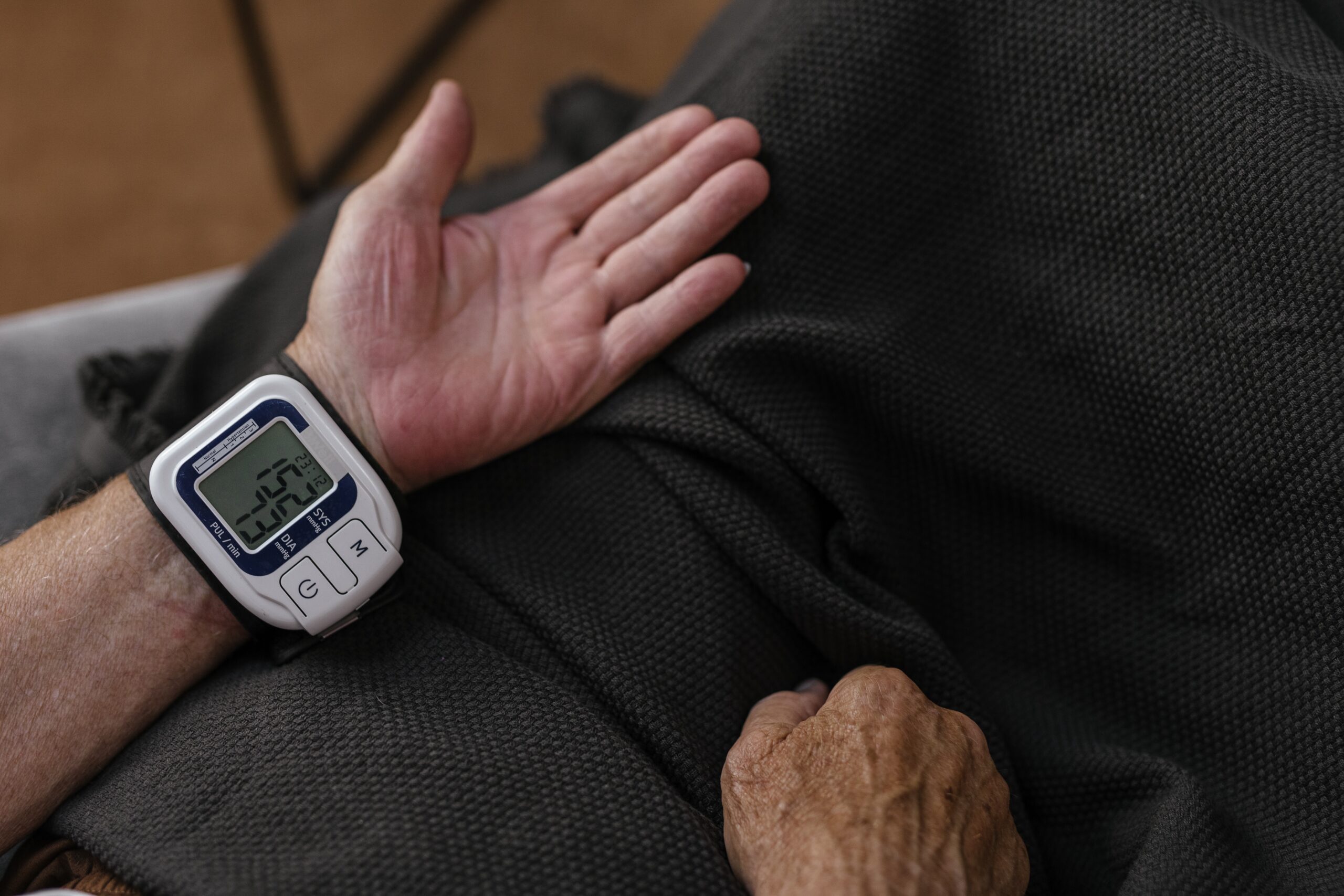How Cardiovascular Exercises Can Protect Against Future Injuries

Hello, fitness enthusiasts! Today, we’re shifting our focus to the power of cardiovascular exercises in preventing injuries in the future. While we often associate cardiovascular workouts with improving heart health and burning calories, their impact goes beyond that. Engaging in regular cardiovascular exercises can strengthen your body, enhance its resilience, and reduce the risk of future injuries. In this article, we’ll explore the ways in which cardiovascular exercises contribute to injury prevention, the specific benefits they offer, and how you can incorporate them into your fitness routine. Let’s dive in and set the foundation for a future free from injuries!
Strengthens Muscles and Connective Tissues:
Cardiovascular exercises, such as running, cycling, or swimming, engage various muscle groups throughout your body. By consistently challenging and working these muscles, you promote their strength and endurance. Strong muscles provide better support and stability to your joints, reducing the risk of injuries caused by overuse, imbalances, or compromised joint stability. Moreover, cardiovascular exercises stimulate the production of collagen, which enhances the strength and flexibility of your connective tissues, further safeguarding your body against injuries.
Improves Bone Density:
Weight-bearing cardiovascular exercises, such as walking, jogging, or dancing, have a positive impact on bone health. Regular weight-bearing activities stimulate the bones to become denser and stronger, reducing the risk of fractures and osteoporosis later in life. Strong bones provide a solid foundation for your body, enhancing its ability to withstand external forces and reducing the likelihood of injuries related to weakened bones.
Promotes Joint Health and Flexibility:
Engaging in cardiovascular exercises helps keep your joints healthy and flexible. The repetitive, controlled movements involved in activities like swimming or elliptical training gently mobilize your joints, lubricating them and promoting their optimal functioning. This improves joint range of motion, reducing the risk of injuries caused by restricted mobility or joint stiffness.
Enhances Balance and Coordination:
Many cardiovascular exercises require coordination and balance, such as dancing, kickboxing, or jumping rope. By regularly participating in these activities, you improve your balance and coordination skills. Enhanced balance and coordination help prevent falls, trips, and other accidents that can lead to injuries. By refining your ability to maintain stability and control your body’s movements, cardiovascular exercises contribute to overall injury prevention.
Supports Weight Management:
Maintaining a healthy weight is crucial for injury prevention, as excess weight can put additional strain on your joints, muscles, and connective tissues. Cardiovascular exercises are highly effective for weight management, as they burn calories and increase your metabolic rate. By engaging in regular cardio workouts, you can achieve and maintain a healthy weight, reducing the risk of injuries associated with excessive stress on your body.
Boosts Mental Resilience and Focus:
Injury prevention is not solely a physical endeavor—it also requires mental resilience and focus. Cardiovascular exercises have numerous mental benefits, including reducing stress, boosting mood, and improving cognitive function. By engaging in activities that elevate your heart rate and get your blood pumping, you release endorphins, which help alleviate stress and enhance your mental well-being. A clear and focused mind reduces distractions and improves your ability to stay present during physical activities, reducing the likelihood of injuries caused by lapses in concentration.
Cardiovascular exercises are a powerful tool for injury prevention and long-term well-being. By strengthening muscles, improving bone density, promoting joint health, enhancing balance and coordination, supporting weight management, and boosting mental resilience, these exercises lay the groundwork for a future free from injuries. So, lace up your sneakers, hit the trails, or dive into the pool—embrace the benefits of cardiovascular exercises and pave the way for a vibrant, injury-resistant future. Here’s to a lifetime of movement, strength, and well-being!

